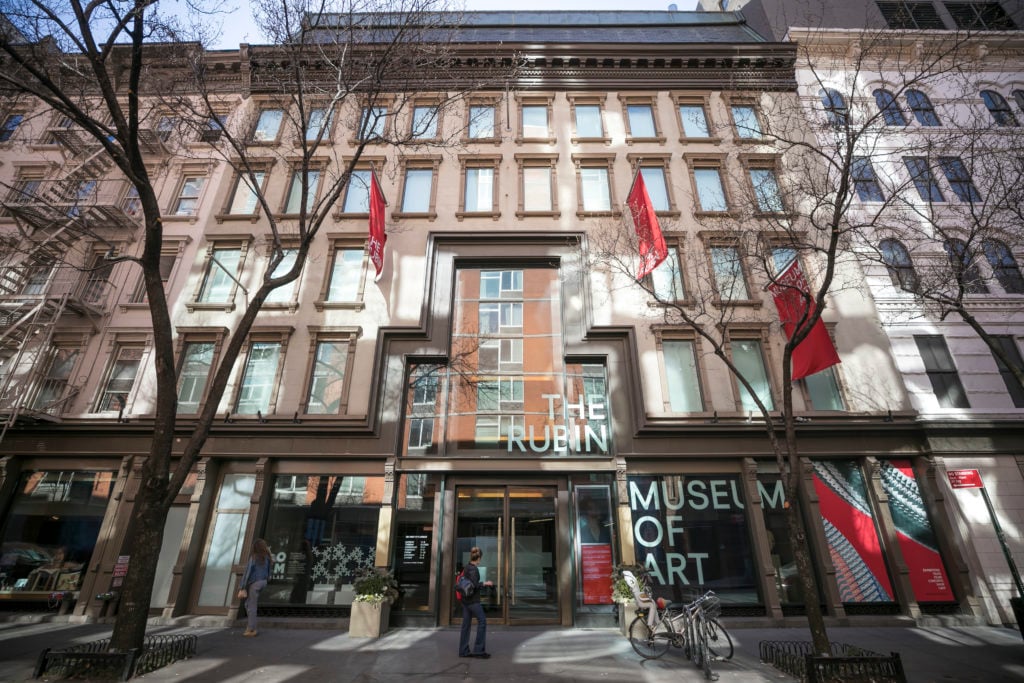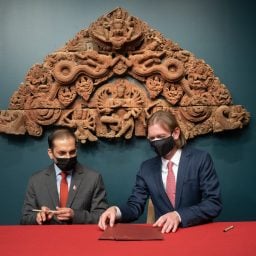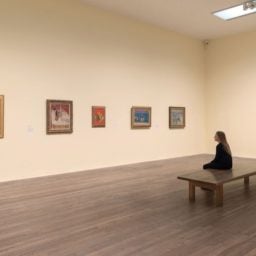The Rubin Museum of Art was in trouble, and the writing had been on the walls for years.
In 2011, Shelley and Donald Rubin, who had founded the New York museum more than a decade prior, donated $25 million to the fledgling institution to help cover operating costs while its administration worked to boost its visibility.
But that money was set to run out in 2020, and the institution’s revenue was still not growing quickly enough to sustain day-to-day operations without tapping further into its $138 million sustaining fund, which operates like an endowment. (The museum currently uses less than four percent of the fund per year.)
So this past October, the Rubin, which is dedicated to the art of the Himalayas, India, and neighboring regions, announced a drastic series of cuts to operations, programs, and staff. Twenty-five percent of its employees were let go, and a plan was announced to reduce rotating exhibitions from five or six per year to two. Visitor hours were also cut, with the museum closing one more day per week.
In a recent interview with Artnet News, Jorrit Britschgi, the executive director, said the museum was given a challenge: how would it refashion itself in the face of new expectations?
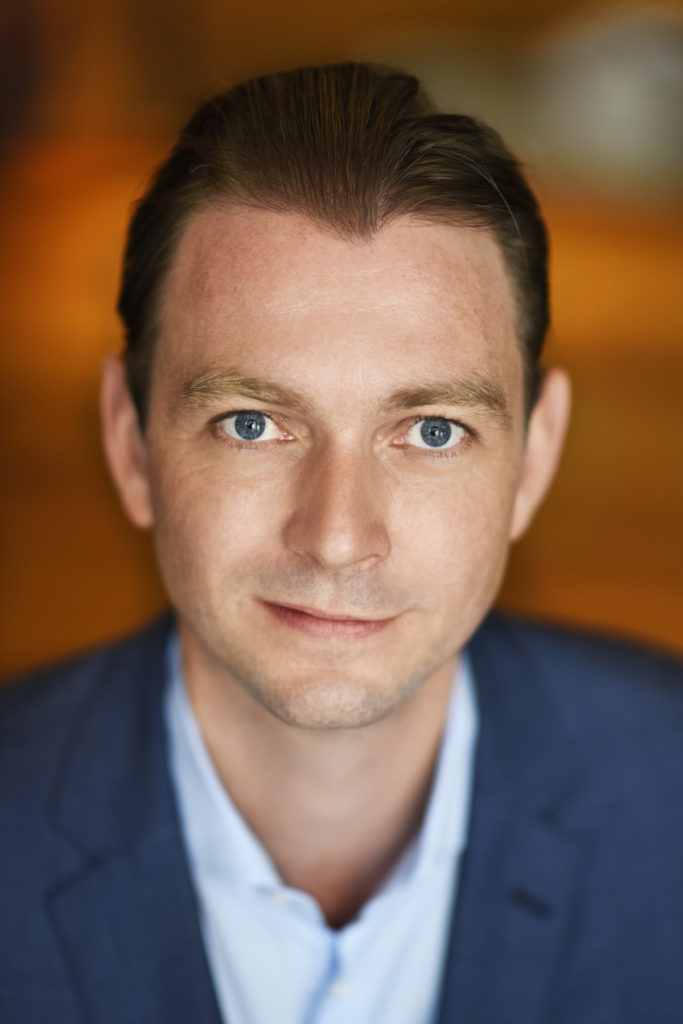
Jorrit Britschgi. Courtesy of the Rubin Museum of Art.
“The museum sector has really changed,” Britschgi told Artnet News. “Museums are only starting to recognize how important the visitor experience is. There’s not one type of visitor, but countless types, and they all have different needs.”
As part of the restructuring effort, Britschgi has created a new position in the museum: chief experience officer.
Jamie Lawyer, who currently serves as head of interpretation, digital learning, and evaluation for the Nelson-Atkins Museum of Art in Kansas City, has been named to the position, and will be responsible for rethinking the museum’s relationship with its visitors. She begins her role in January.
Lawyer will be tasked with “thinking holistically about how someone interacts with the Rubin,” Britschgi said.
“It’s about how we care for our visitors,” Lawyer told Artnet News. “I think about how we can build their confidence in looking at art and help them understand the different ways that art can be personally relevant to them. In order to do that, we have to embrace the right body language across our institution.”
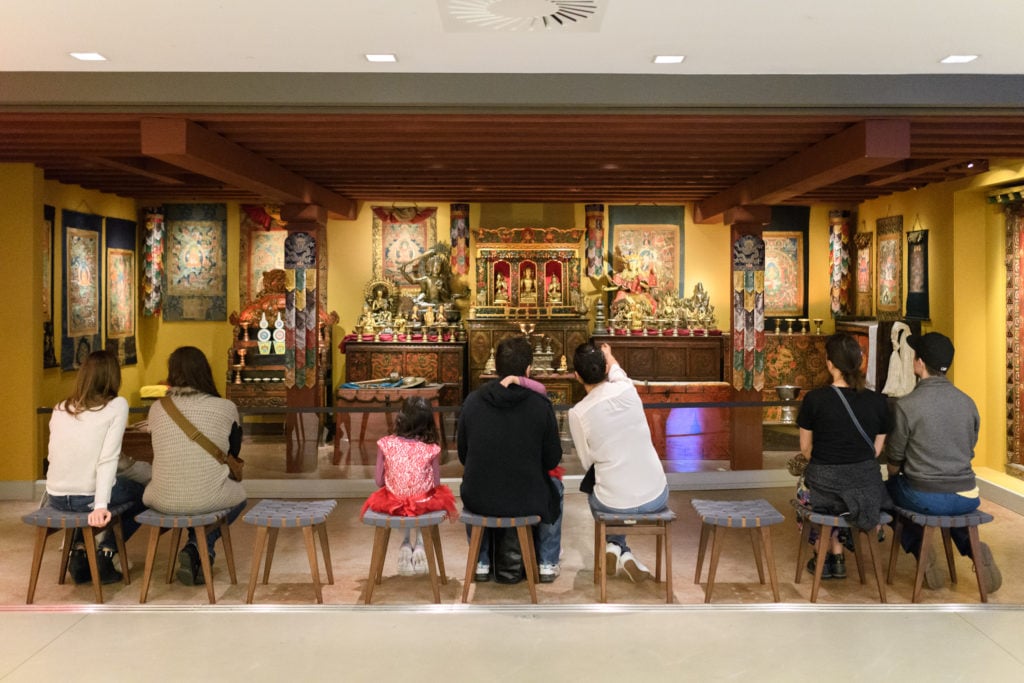
The Shrine Room in the Rubin Museum of Art. Photo: Filip Wolak.
While the scope of the role is still being fleshed out, Lawyer notes that she’ll likely be surveying visitors, working with curators to make exhibitions more user friendly, and exploring ways in which she can bring digital elements to the galleries.
One of her first tasks will be to hire a specialist for Himalayan ideas, another new position at the museum. This person will bring an academic (but not strictly art-historical) background to the job, and work to make Himalayan art more accessible.
A similarly open-minded approach will drive the museum’s new residency program, which will be open to curators, writers, anthropologists, and others from the Himalayas.
And there are more changes afoot. The museum will rehang its permanent collection to try to spread the immersive magic of its most popular exhibit, the Shrine Room, through the rest of the galleries.
The institution is also doubling down on educational initiatives with a particular focus on college audiences. Noah P. Dorsky, founder of the non-profit Dorsky Gallery Curatorial Programs in Queens, will help to overlook it all as the new president of the museum’s board of trustees, effective January 1.
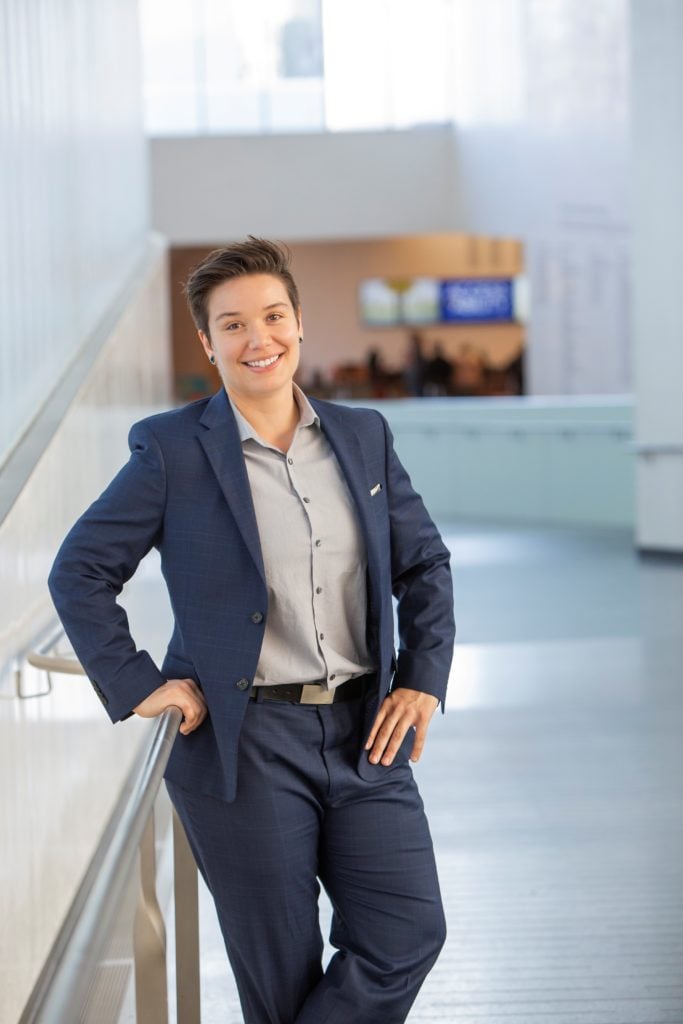
Jamie Lawyer. Courtesy of the Rubin Museum of Art.
The goal with these changes, Britschgi said, is not necessarily to hugely increase visitor numbers. (The museum currently attracts roughly 200,000 visitors annually.) Instead, it’s about connecting with guests on a personal level.
“We don’t aspire to get five million people through our doors every year,” he said. “The uniqueness of the Rubin is that we try to speak with our art, not numbers. We want people to say, ‘The Rubin is my home away from home,’ or ‘There should be a Rubin museum in every city.’ That’s the feeling we’re looking for in these changes.”
